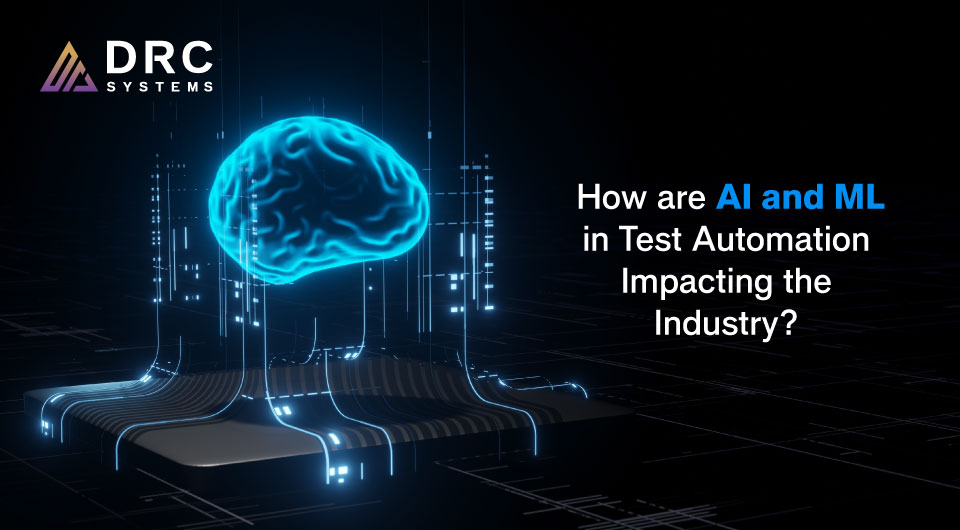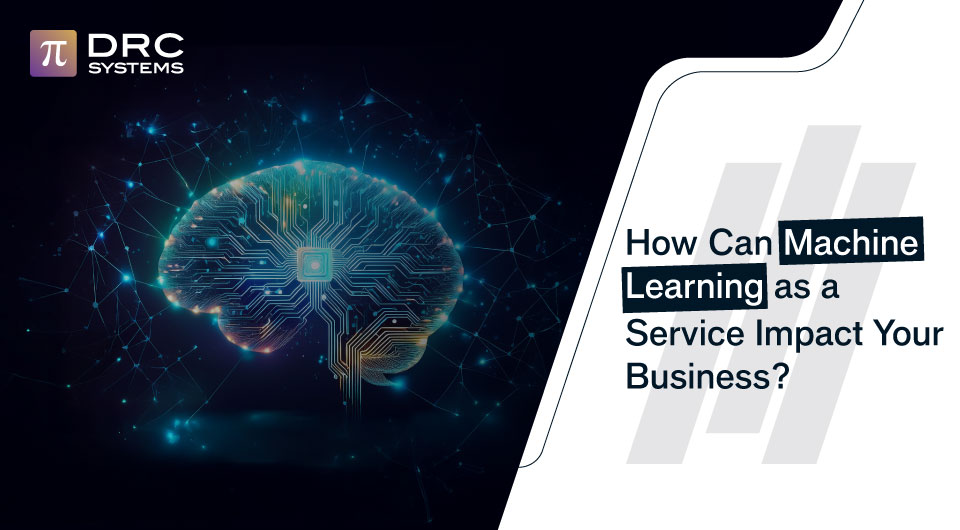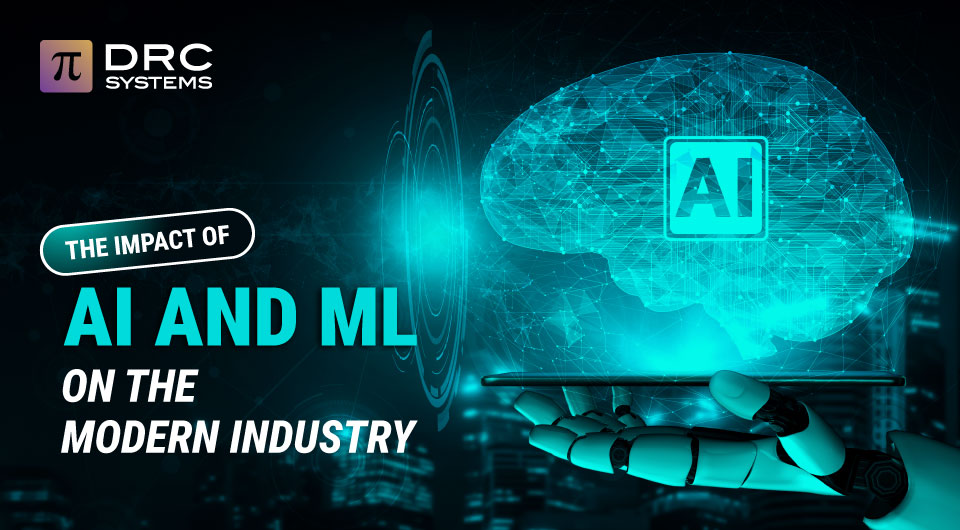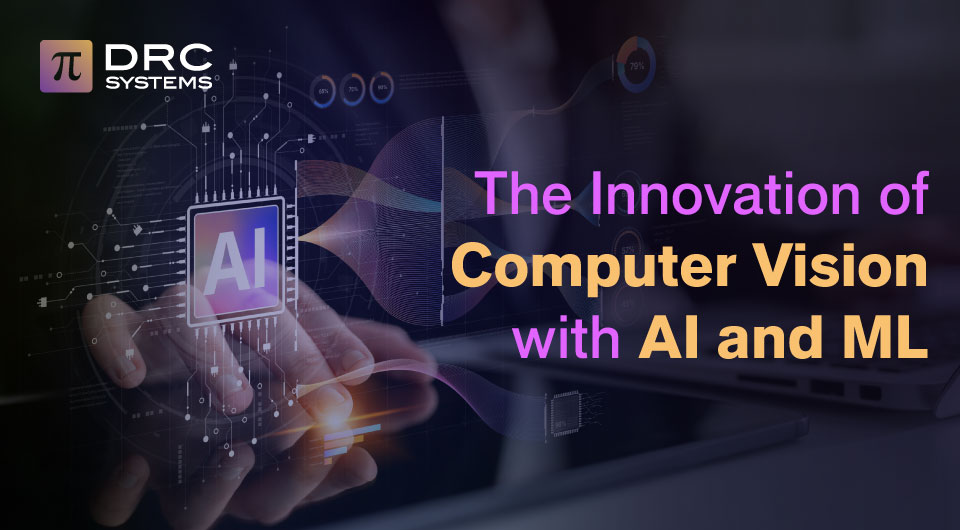Related Articles
How Can Machine Learning as a Service Impact Your Business?
The total volume of data created, acquired, copied, and consumed reached 149 zettabytes in 2024 and is estimated to reach…
Read The PostThe Impact of AI and ML Development on Modern Industries
42% of enterprises use AI in their business, while another 40% are testing it in their workflows and models. It…
Read The PostThe Innovation of Computer Vision with AI and ML
Enterprises today are investing millions of dollars in image and video technologies across industries such as manufacturing, security, analytics, and…
Read The Post



